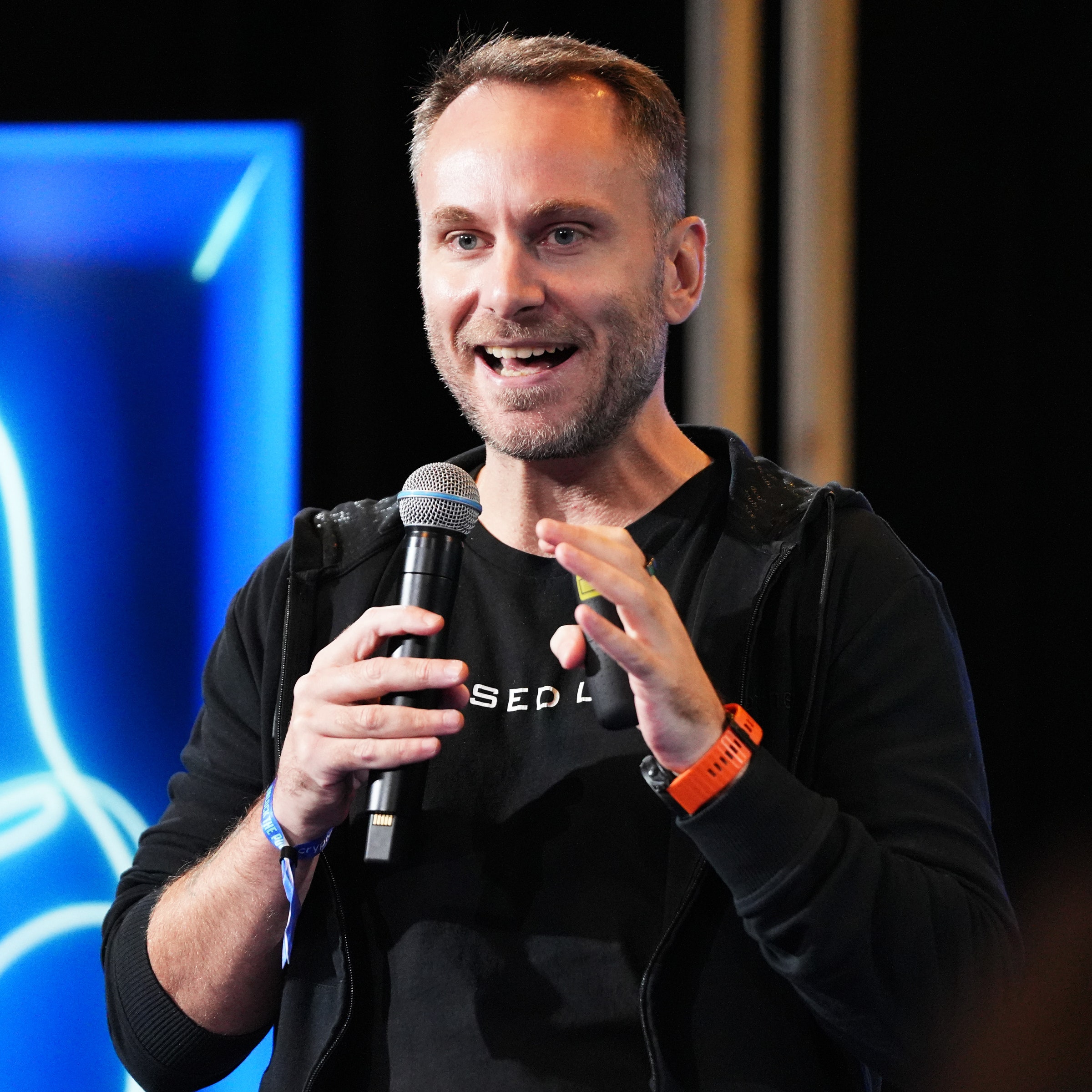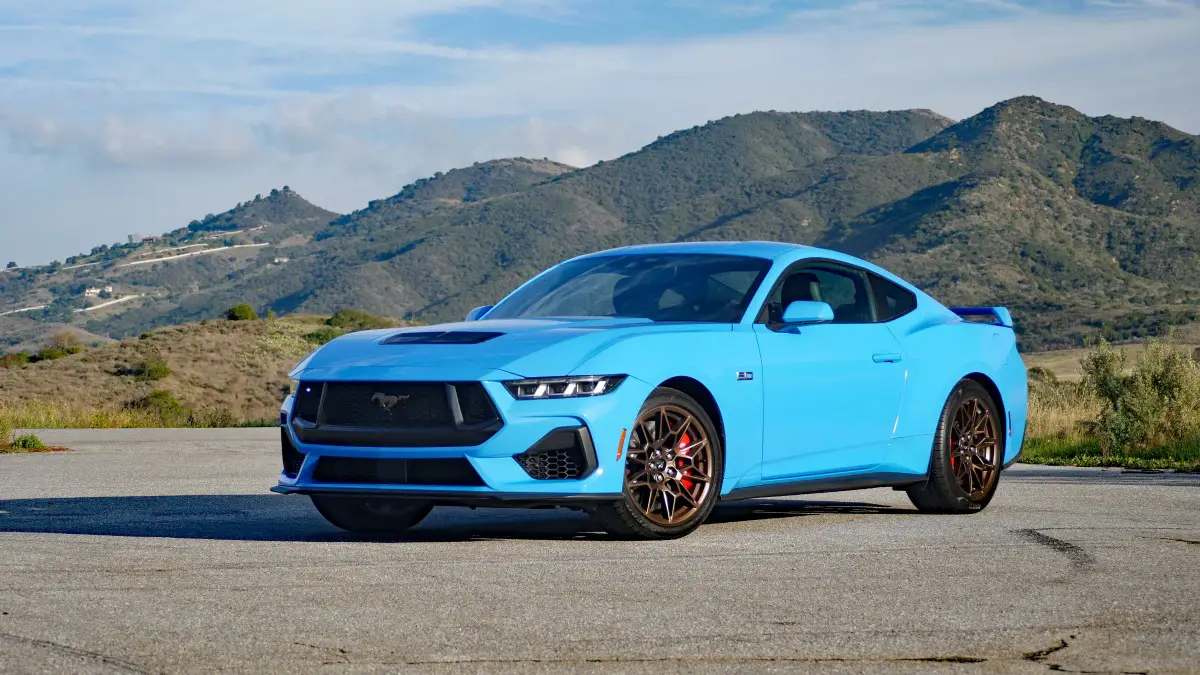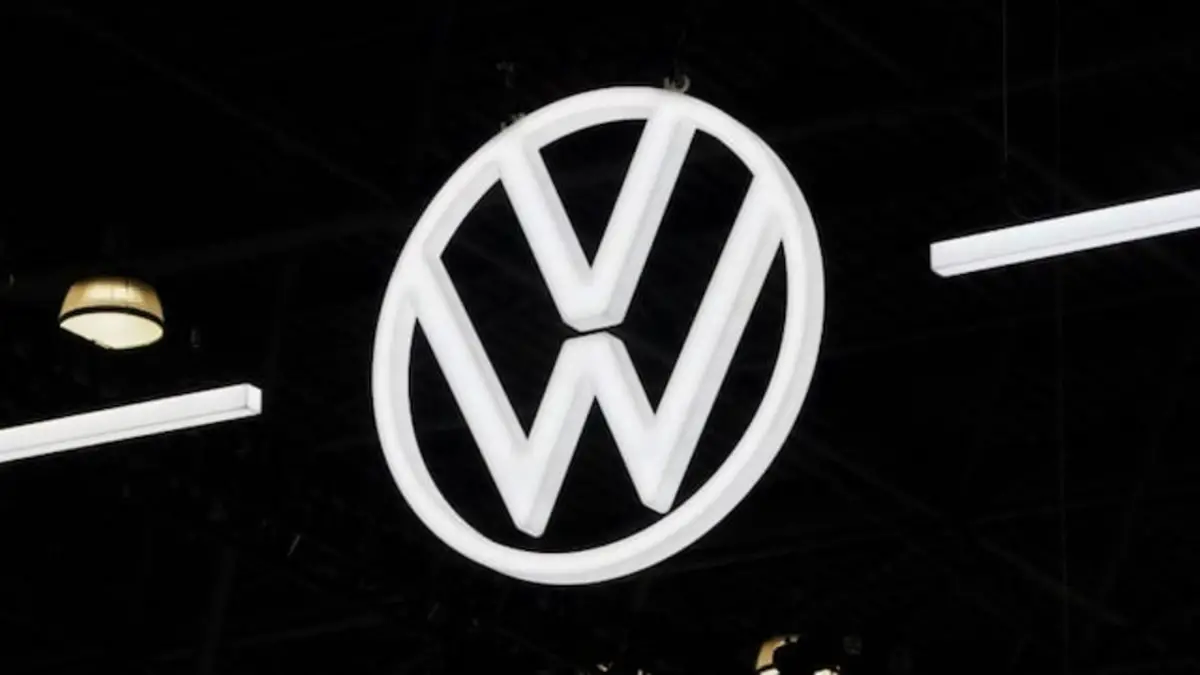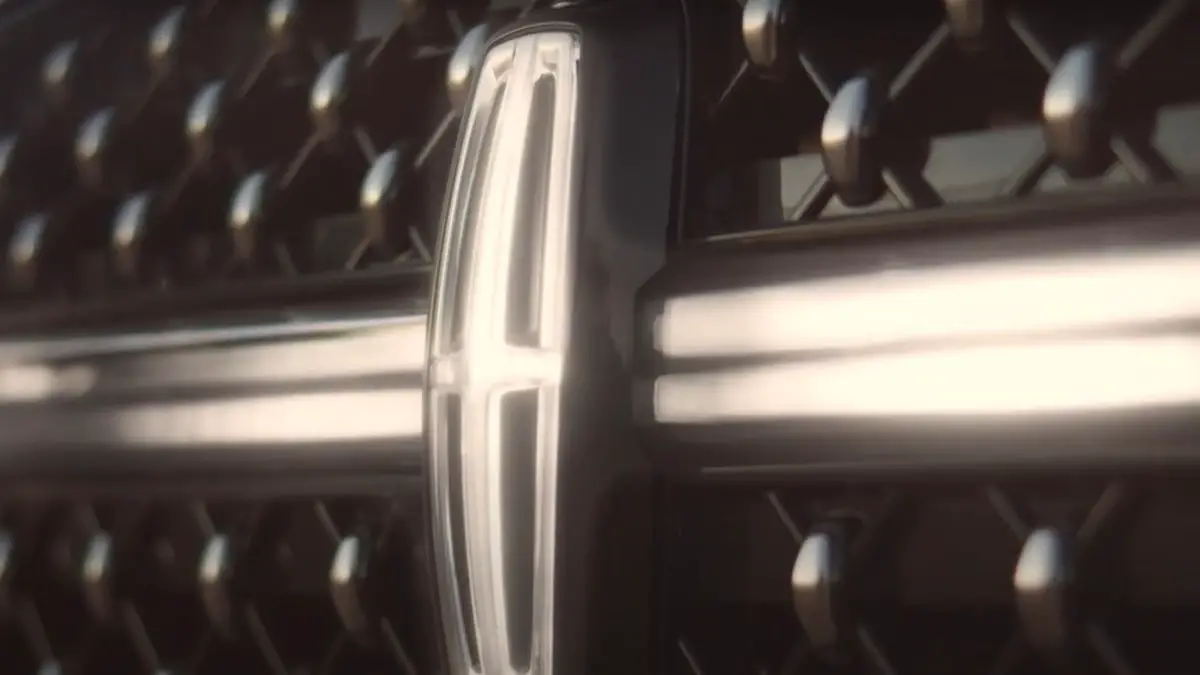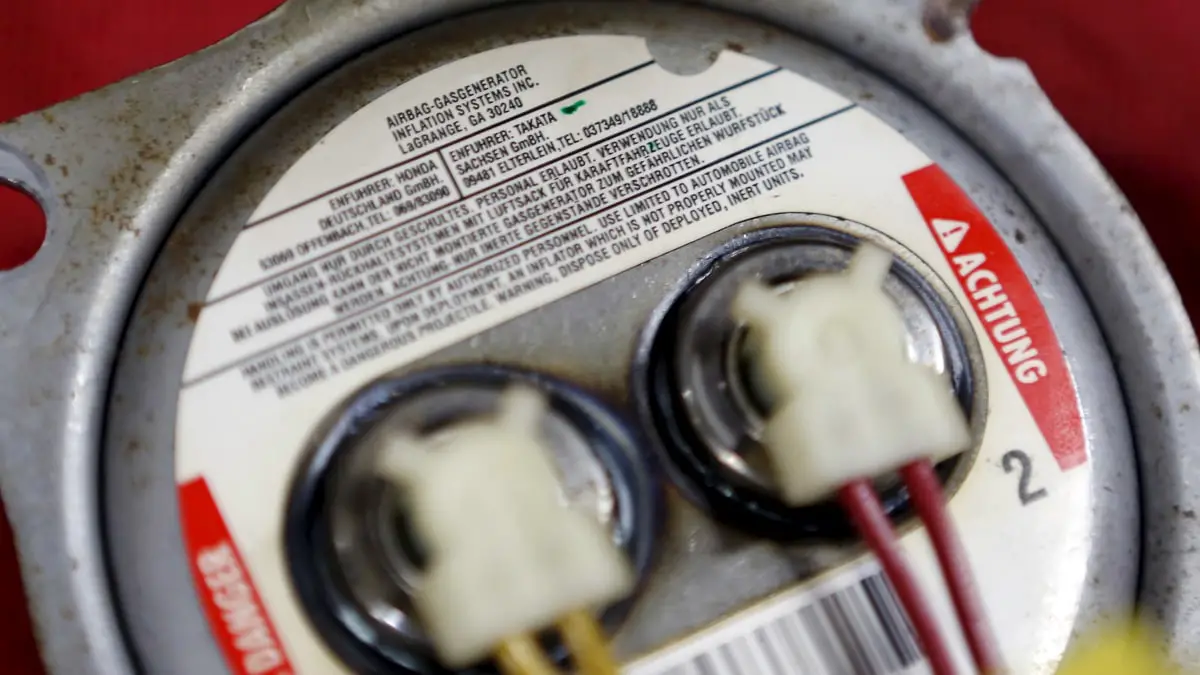Paolo Ardoino, the new CEO of crypto company Tether, is grappling with a difficult but enviable problem: how best to spend billions of dollars. Recently flush with cash, Tether is pushing into unfamiliar new fields, like AI. Ardoino’s ambitious plan is to mount a challenge to Microsoft, Google, and Amazon.
Tether, which is incorporated in the British Virgin Islands, is among the world’s largest crypto businesses. The majority of its revenue comes from its stablecoin, USDT, which is pegged to a dollar valuation by a basket of cash and other assets held in reserve.
The model is relatively simple: Tether receives US dollars in exchange for tokens that customers can use to trade freely in the crypto market. It keeps some of those dollars in cash, trades most for interest-bearing securities, and loans some out. If ever a customer wants to exchange a USDT token for the dollar it represents, Tether draws from the pot, but in the meantime it generates income from the assets it holds.
Tether’s reserve consists largely of short-term US government bonds, the income from which is tied to the prevailing interest rate, meaning that the company has become increasingly profitable as central banks have raised rates in response to inflation. Tether recently reported $5.2 billion in profit for the first half of 2024, from a $118.5 billion reserve.
Under Ardoino, who took the role of chief executive in December after serving for six years as CTO, Tether is looking for something to do with all that spare change. Some of the money has gone toward building a buffer for the USDT reserve, says Ardoino, but the rest is being plowed into the company’s new venture investment division, Tether Evo. The company has already taken a majority stake in neural implant technology startup Blackrock Neurotech, and has invested in a data center operator, Northern Data Group, whose infrastructure is used for training AI models.
Tether has courted its fair share of controversy. In 2021, the company reached a $41 million settlement with US regulators, which had accused it of making misleading statements about the composition of its reserve. In 2023, Tether was alleged to have used fraudulent means to obtain banking services early in its history. Also, the UN and blockchain analytics firms have alleged that USDT has become a favored tool for money laundering, terrorist financing, and other illicit activity, though Tether disputes the characterization.
The company is misunderstood, Ardoino says. Its most pressing concern, he says, is exporting the crypto ethos of decentralization—the idea that power should pool in the hands of the many, not the few—to the AI industry and other emerging areas of technology. “Having a player independent of the classic actors is going to be very, very important,” he says.
Ardoino, who is of Italian descent and maintains a base in Switzerland, spoke to WIRED over the phone earlier this month. The following interview has been edited for brevity and clarity.
WIRED: This year, Tether has moved to diversify its business model with a push into venture capital. Tell me about the rationale.
Ardoino: Tether has become extremely profitable in the last two years thanks to the increase in interest rates. When Tether started, you could make 0.2 percent on the reserve, but today you can make 5.5 percent. Of course, that might be time-limited—we are hearing about potential rate cuts—but it’s very hard even with inflation at 3 or 4 percent to go back to the 0.2 percent scenario.
In the last 24 months, Tether has accrued around $11.9 billion profit. With this amount of money, we could have distributed it all to shareholders, to make everyone happy. Instead, part of it is being added to the reserve to further back the stablecoin, and the rest is basically being held in the investment arm.
What is your venture investment thesis? It seems like you are looking beyond the crypto industry.
We came from bitcoin—we are bitcoiners at heart. Maybe we are not perfect at being humans, but we are trying to carry with us the bitcoin ethos in terms of financial freedom, freedom of speech, and freedom of access to technology in every venture we invest in.
The concept of decentralization can be applied to different areas, like artificial intelligence. We are already seeing how AI is being heavily politicized. We believe that having a player independent of the classic actors—like Amazon, Microsoft, and Google—is going to be very, very important.
The same goes for another important technology: brain-computer interface, or BCI. That will be fundamental in the future. Building brain-computer interfaces that respect people’s privacy—that ensure data remains local and will not be harvested by the same companies running social media platforms—will be very important.
We are not a classic VC. We don’t throw money at companies just to try to find a unicorn that will make us 100X. Of course, that would be nice, but it has to be aligned with our vision. Interdependence, resilience, and disintermediation—these terms are very important to us.
How much capital will Tether commit to venture investments?
We will always prioritize the stablecoin business, because risk management is very important. Right now, we have a good buffer on top of the reserve, but if USDT keeps expanding, we will expand that proportionally.
But almost everything else—I would say more than 90 percent of the profit Tether makes—we will look to reinvest in things that matter to us and our community. We don’t need to give out big chunks of money as dividends.
Some VCs have done a poor job of making character assessments with respect to crypto founders, some of whom—like Sam Bankman-Fried—were later convicted of fraud. How do you plan to ensure Tether doesn’t make the same mistakes?
Looking under every rock and doing the deepest level of due diligence is the only way to save the capital you invest. Not every single investment will be perfect, but we will come into every company with our heart and brain to ensure the maximal result.
We also work directly with the management; if things need to be improved, we will help them. Otherwise, we are ready to change the management. Technology has no faults; if a company does not work, it is usually because the management does not work. We are very, very serious about our approach when we invest in things, just because we care so much.
What did you make of the recent allegations made against Northern Data, one of your portfolio companies, which has been accused of committing securities fraud?
That is something that will be evaluated by a court. We have been working with Northern Data for quite some time. The company has enormous potential; it can provide an independent voice from the three big companies in the data center business. It’s not for me to comment on allegations made by a couple of disgruntled ex-employees. Northern Data has responded very strongly to those allegations, and we stand by our investment.
Let’s talk a little about the current regulatory environment. It could be said that Tether acts a lot like a bank: It receives deposits, which it holds in cash and securities or loans out. Why shouldn’t Tether be subject to the same regulations as the banks?
The banks are lending out 90 percent of their balance sheet, meaning they are only 10 percent collateralized. Tether has 105 percent collateralization at the moment. I think it would be very unfair to compare Tether to a bank. It’s like saying, “A car has an engine like a plane, so we will try to regulate cars and planes in the same way.”
It’s been reported that Tether has not sought a license to operate in the EU under the Markets in Crypto-Assets (MiCA) regime. Does Tether plan to exit the European market?
We are formalizing our strategy for the European market. MiCA imposes a limit on the [daily] issuance and transaction volume of non-euro-based stablecoins, like USDT. [The idea is to prevent US dollar-denominated stablecoins from displacing the euro as the primary medium of exchange within the EU.] I actually like that, because it will not hurt anyone.
But another limitation is on reserves. For a stablecoin like USDT, up to 60 percent of the reserve would have to be in cash deposits under MiCA. If you have a stablecoin with, say, €10 billion in reserve, you would need to put €6 billion in the bank. The bank can lend out up to 90 percent of that, keeping only €600 million. Imagine a customer asks to redeem €2 billion [worth of stablecoin], but the bank has only €600 million. Then you are in a situation in which both the bank and stablecoin go bankrupt. I don’t think it’s safe. Actually, it’s a way for stablecoins to create additional systemic risks in Europe, rather than reducing them.
The continued absence of a full audit of Tether’s reserve has given rise to speculation that USDT is not—or at least has not been in the past—backed one-to-one by its reserve. Why has Tether not been able to deliver on its promise to provide a comprehensive audit?
The audit is still a high priority. When it comes to stablecoins, you have Senator Warren in the US telling the Big Four auditing firms that they should be aware of onboarding new crypto customers, especially after FTX. [In March 2023, Senator Elizabeth Warren called for an accounting regulator to “rein in sham audits of crypto firms.”] FTX didn’t help at all. They were the heroes of mainstream media and fucked it up for everyone.
Has Tether been explicitly rejected by the Big Four auditing firms? Has Tether applied and been turned away?
We’ve had discussions with some of them.
What reasons did they provide?
That it was not the right moment, basically. If you are a Big Four auditing firm, tens of thousands of your customers will be banks. They might not be happy if you have a stablecoin as a customer. That’s my speculation, but Tether has created a digital dollar that allows people to have checking and savings accounts, so stablecoins could be considered a threat to the banking industry.
It’s not only Tether; Circle [the company that issues USDC, the second-largest stablecoin behind USDT] does not have an audit—it has an attestation as well. This has been misunderstood for a long time and misreported by mainstream media. If the other stablecoins are so holy, why do they not have an audit? Even the stablecoin portrayed as the most regulated in the world [USDC] doesn’t have an audit. It’s an industry problem.
[Circle is a customer of Deloitte, a Big Four auditing firm, which conducts a monthly check on the accuracy of statements about the size and composition of the USDC reserve, but has not published a full audit since 2021.]For absolute clarity: Has Tether ever issued USDT tokens that were not backed by dollar reserves?
Tether has always been backed. In 2022, a short attack on Tether tried to cause a bank run, and we processed more than $20 billion of redemptions in 20 days. I think Tether should have a little bit of credit.
At least in 2024, it should be admitted that maybe the original assessments of Tether’s credibility were not entirely correct. We don’t need a medal, but not throwing rocks at us when we are trying to create the future of finance would be nice.

